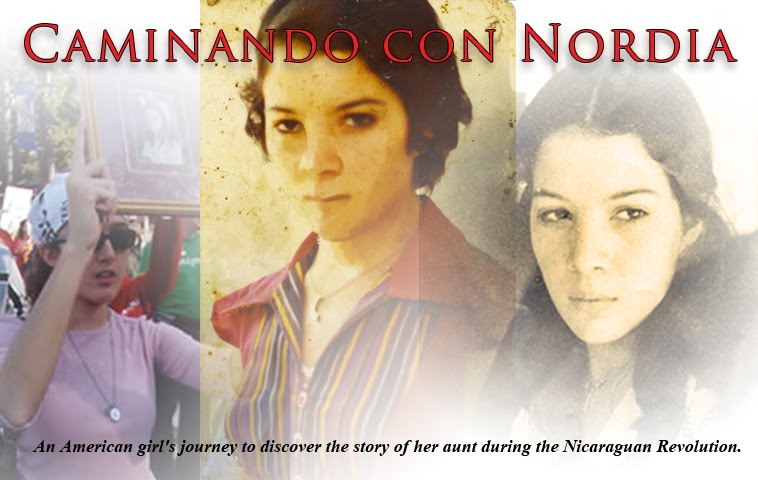One of Godoy's projects was the "Misa Campesina" which is the Nicaraguan peasant mass. This was written on the island of Solentiname, known as an artistic community. When the Second Vatican Council allowed regional music at mass, Godoy was inspired to offer his own contribution to the liturgy. His mass parts were to debut in Ciudad Sandino at the Plaza de los Cabros during mass celebrated by Fr. Fernando Cardneal. However, the National Guard interrupted the service and broke up the mass, preventing the music from being shared. Fortunately, it spread on its own through secret, underground celebrations. The militia could not barricade the notes of hope reverberating among the choirs of people. Their cries for justice only crescendoed through the streets and augmented their ensemble.
I had only heard two songs total from this collection, each just a single track hidden within a different compilation. I decided to end my dissonance by searching for the lost tracks and the internet obliged. I was very grateful to find the complete set and fill in the missing puzzle pieces. What a powerful form of worship it is! If people only prayed today with this same authenticity, how deeper our faith would be. I imagine participating in a liturgy with this music must offer an intimate encounter with God.
The lyrics articulate how Christ is the God of the poor, one who is human and simple, sweating in the streets and holding us by the hand as we fight for justice in the city. God is real and present to our struggles. The songs take the mass and make it personal, a creed the people can identify with. In the melodious phrases the people offer themselves up in all their work to the Lord. They joyfully enter into communion in God's fields to taste His harvest of love, acknowledging that it is not some inconsequential ritual but a conscious commitment and experience that joins them all together. Even the farewell hymn lovingly reflects on the beauty of community united in their song and anticipating an encore.
I want to take the time to study these songs more closely and understand their dynamic range. Perhaps even learn the music and promote their use once again. I feel if I can enter into the song then I will better feel the beat within the heart of this symphony of struggle. I will be more equipped to compose my own requiem for my Tía Nordia.
I leave you with a playlist of nearly all the songs in the Misa Campesina Nicaragüense:
